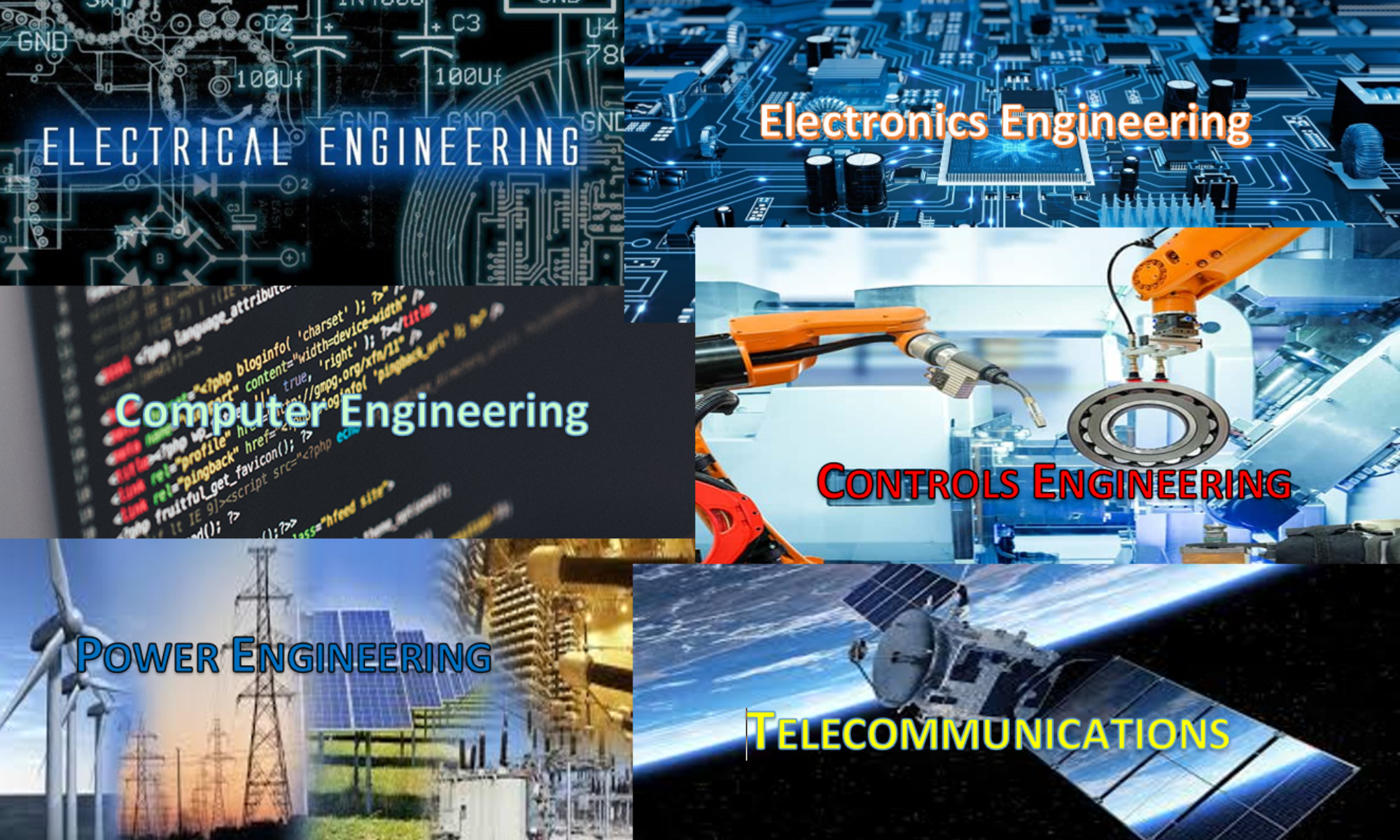EE Online – Amazon (NASDAQ: AMZN) today (Dec 10) announced 26 new utility-scale wind and solar energy projects totaling 3.4 gigawatts (GW) of electricity production capacity, bringing its total investment in renewable energy in 2020 to 35 projects and more than 4 GW of capacity the largest corporate investment in renewable energy in a single year. These new projects will make Amazon the largest-ever corporate purchaser of renewable energy.
Amazon has now invested in 6.5 GW of wind and solar projects that will enable the company to supply its operations with more than 18 million megawatt hours (MWh) of renewable energy annually. This is enough to power 1.7 million U.S. homes for one year. These projects will supply renewable energy for Amazon’s corporate offices, fulfillment centers, and Amazon Web Services (AWS) data centers that support millions of customers globally. They will also help advance Amazon’s goal to reach net-zero carbon emissions across its business by 2040. Part of that commitment is powering Amazon’s infrastructure with 100% renewable energy, and the company is now on a path to achieve this milestone by 2025, five years ahead of the initial 2030 target.
“Amazon is helping fight climate change by moving quickly to power our businesses with renewable energy,” said Jeff Bezos, Amazon founder and CEO. “With a total of 127 solar and wind projects, Amazon is now the biggest corporate buyer of renewable energy ever. We are on a path to running 100% of our business on renewable energy by 2025 five years ahead of our original target of 2030. This is just one of the many steps we’re taking that will help us meet our Climate Pledge. I couldn’t be more proud of all the teams across Amazon that continue to work hard, smart, and fast to get these projects up and running.”
The 26 new wind and solar projects announced today are located in Australia, France, Germany, Italy, South Africa, Sweden, the U.K., and the U.S. The new projects are Amazon’s first in France, Germany, Italy, and South Africa. In the U.S., Amazon has now enabled wind and solar projects in California, Delaware, Illinois, Indiana, Kansas, Kentucky, Nebraska, North Carolina, Ohio, Texas, and Virginia. Amazon has a total of 127 renewable energy projects globally, including 59 utility-scale wind and solar renewable energy projects and 68 solar rooftops on fulfillment centers and sort centers around the globe.
READ MORE….






